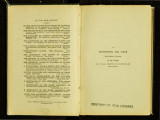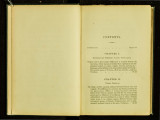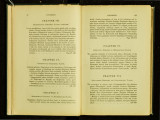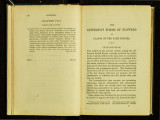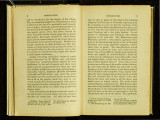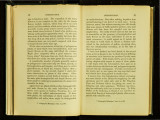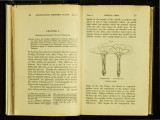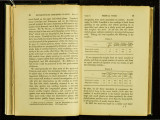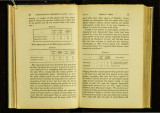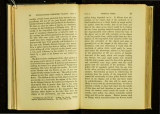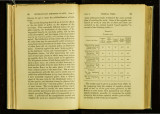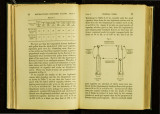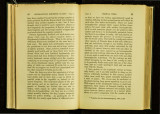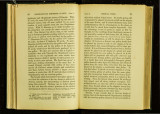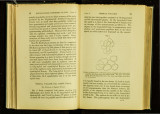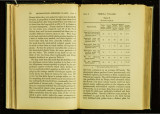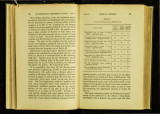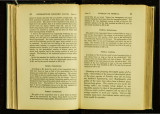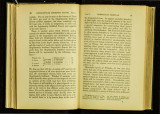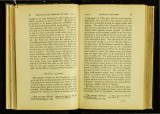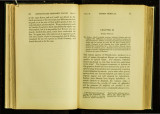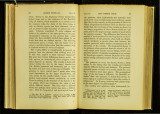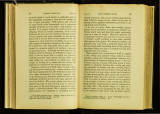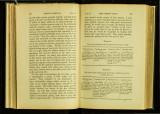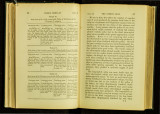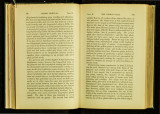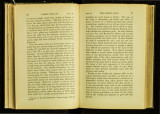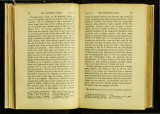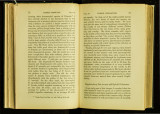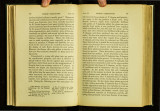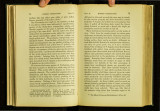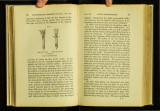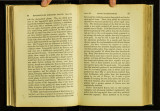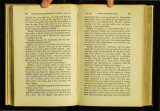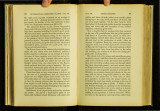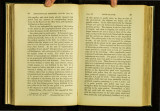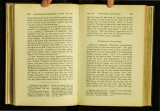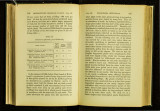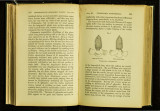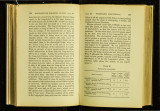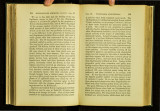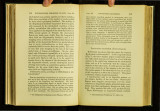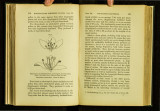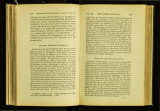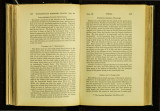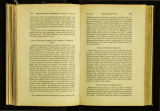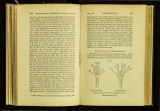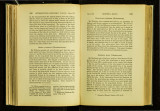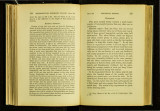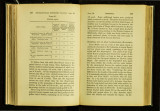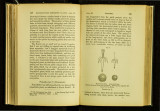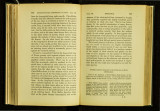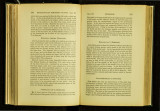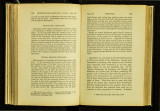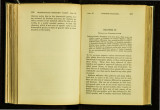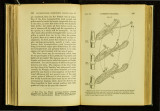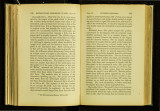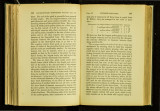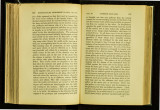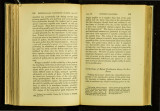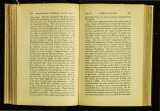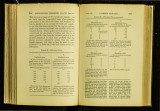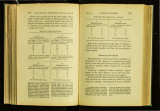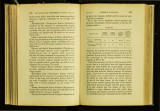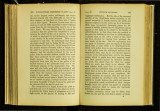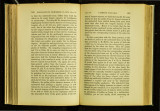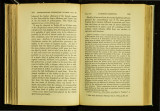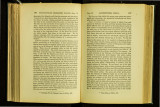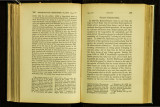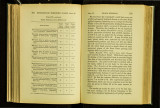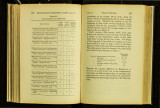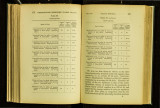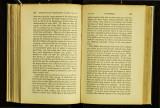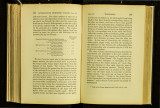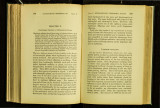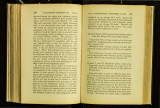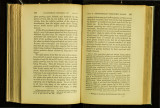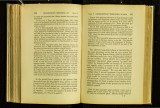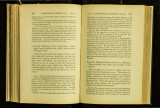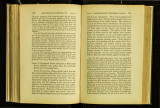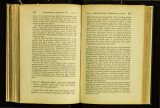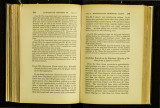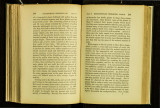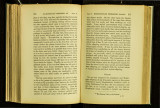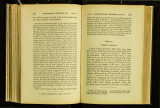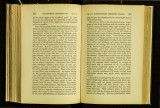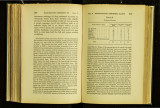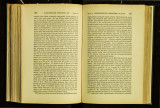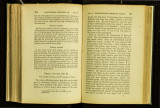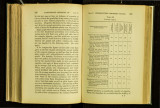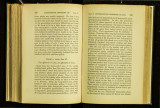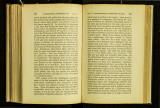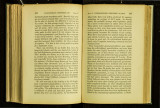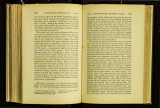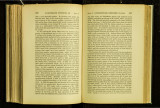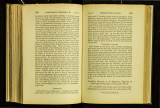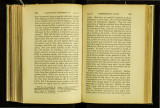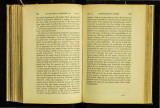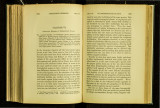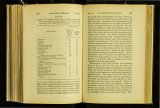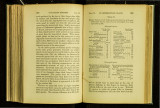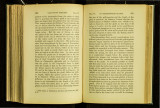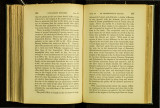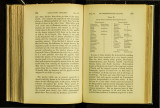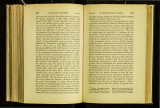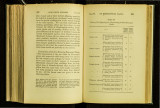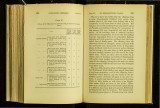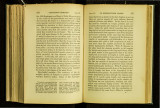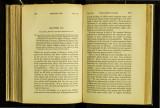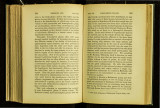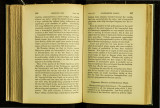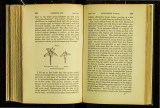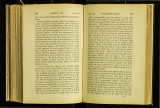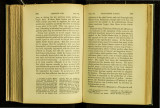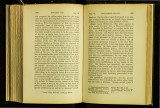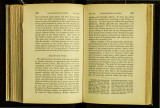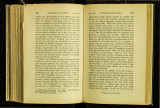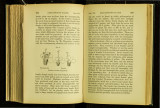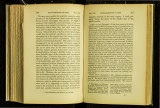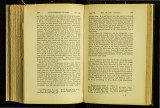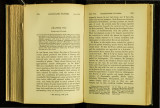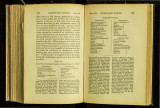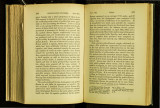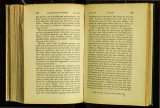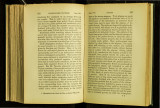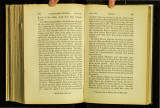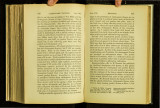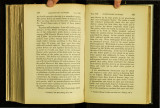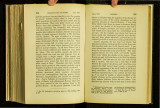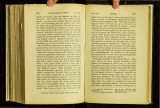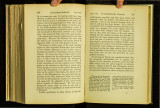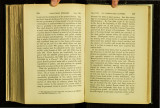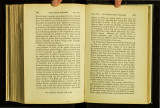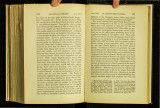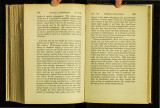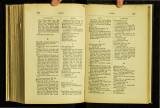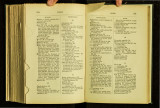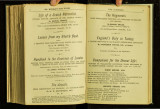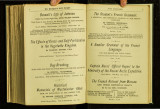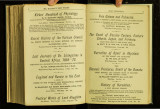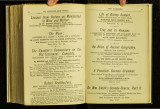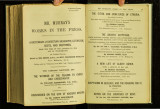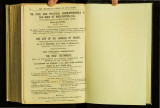| OCR Text |
Show 116 HETEROSTYLED DIMORPHIC PLANTS. CHAP. III. LIMNANTHEMUM INDICUM (GENTIANE.lE). This plant is mentioned by Mr. rrhwaites in his Enumeration of the Plants of Ceylon as presenting two fonns; and he was so kind as to send me specimens preserved in spirits. The pistil of the long-styled form is nearly thrice as long (i.e. as 14 to f)) as that of the short-styled, and is very much thinner in the ratio of about 3 to 5. The foliaceous stigma is more expanded, and twice as large as that of the short-styed form. In the latter the stamens are about twice as long as those of the longstyled, and their anthers are larger in the ratio of 100 to 70. The pollen-grains, after having been long kept in spirits, were of the same shape and size in both forms. The ovules, according to Mr. Thwaites, are equally numerous (viz. from 70 to 80) in the two forms. VILLARSIA [sP. ?J (GENTIANEJE\. Fritz 1\:fiiller sent me from South Brazil dried flowers of this aquatic plant, which is closely allied to Limnanthemum. In the long-styled form the stigma stands some way above the anthers, and the whole pistil, together with the ovary, is in length to that of the short-styled form as about 3 t.o 2. In the latter form the anthers stand above the stigma, and the style is very short and thi~k ; but the pistil varies a good deal in length, the stigma being either on a level with the tips of the sepals or considerably beneath them. The foliaceous stigma in the long-styled form is larger, with the expansions running fruther down the style, than in the other form. One of tho most remarkable differences between the two forms is that the anthers of the longer stamens in the short-styled flowers are conspicuously longer than those of the shorter stamens in the long-styled flowers. In the former the sub-triangular pollen-grains are larger; the ratio between their breadth (measured from one angle to the middle of the opposite side) and that of the graim; from the long-styled flowers being about 100 to 7 5. Fritz Muller also informs me that the pollen of the short-styled flowers has a bluish tint, whilst that of the long-styled is yellow. When we treat of Lythrum saUcaria we shall find a strongly marked contrast in the colour of the pollen in two of the forms. The three genera, Menyanthes, Limnanthemum, and Villarsia, now described, constitute a well-marked sub-tribe of the Gentianern. All the species, as far as at present known, are heterostyled, and all inhabit aquatic or sub-aquatic stations. CHAP. III. CORDIA. 117 FoRSYTHIA susPENsA (OLEAOElE). . P~ofessor Asa ?ray states that the plants of this species growIng In the ~otaniC Gardens at. ~ambridge, U.S., are short-styled, but t~at Siebold and Zuccarini describe the long-styled form, and give figures of two forms; so that there can be little doubt as h~ remarks, about the plant being dimorphic.* I therefor~ apphed to Dr. H~oker, who sent me a dried flower from Japan, another from Ch1na, and another from the Botanic Gardens at Kew. The first proved to be long-styled, and tho other two short-styled. In the long-styled form, the pistil is in length to. that of the short-styled as 100 to 38, the lobes of the stigma being a little longer (as 10 to 9), but narrower and less divergent. This last character, h?wever, may be only a temporary one. There somns to be no difference in the papillose condition ?f the two stigmas. In the short-styled form, tho stamens are In length to those of the long-styled as 100 to 66, but the anthers are shorter in the ratio of 87 to 100; and this is unusual for when there is any difference in size between the anthers of' the two forms, those from the longer stamens of the short-styled are generally the lon~est. The pollen-grains from the short-styled flowers are certainly larger, but only in a slight degree, than those from the long-styled, namely, as 100 to 94 in diameter. The short-styled form, which grows in the Gardens at Kew, has never there produced fruit. Forsythia viridissima appears likewise to be heterostyled · for Professor As~ Gray says that although the long-styled form alone grows In the gardens at Cambridge, U.S., the published figures of this species belong to the short-sty led form. CORDIA [SP. ?] (CORDIAOElE). ~ritz Muller sent me dried specimens of this shrub, which he be~Ie:es to be heterostyled; and I have not much doubt that this IS the case, though the usual characteristic differences are not well pronounced in the two forms. Linum gTandijlorwn s~ows us that a plant may be heterostylecl in fu~ction in the highest degree, and yet the two forms may have stamens of equ~l length, and pollen-grains of equal size. In the present spemes of Cordia, the stamens of both forms are of nearly equal * ''The A men.c an N aturah.s t,' July 1873, p. 422. |





